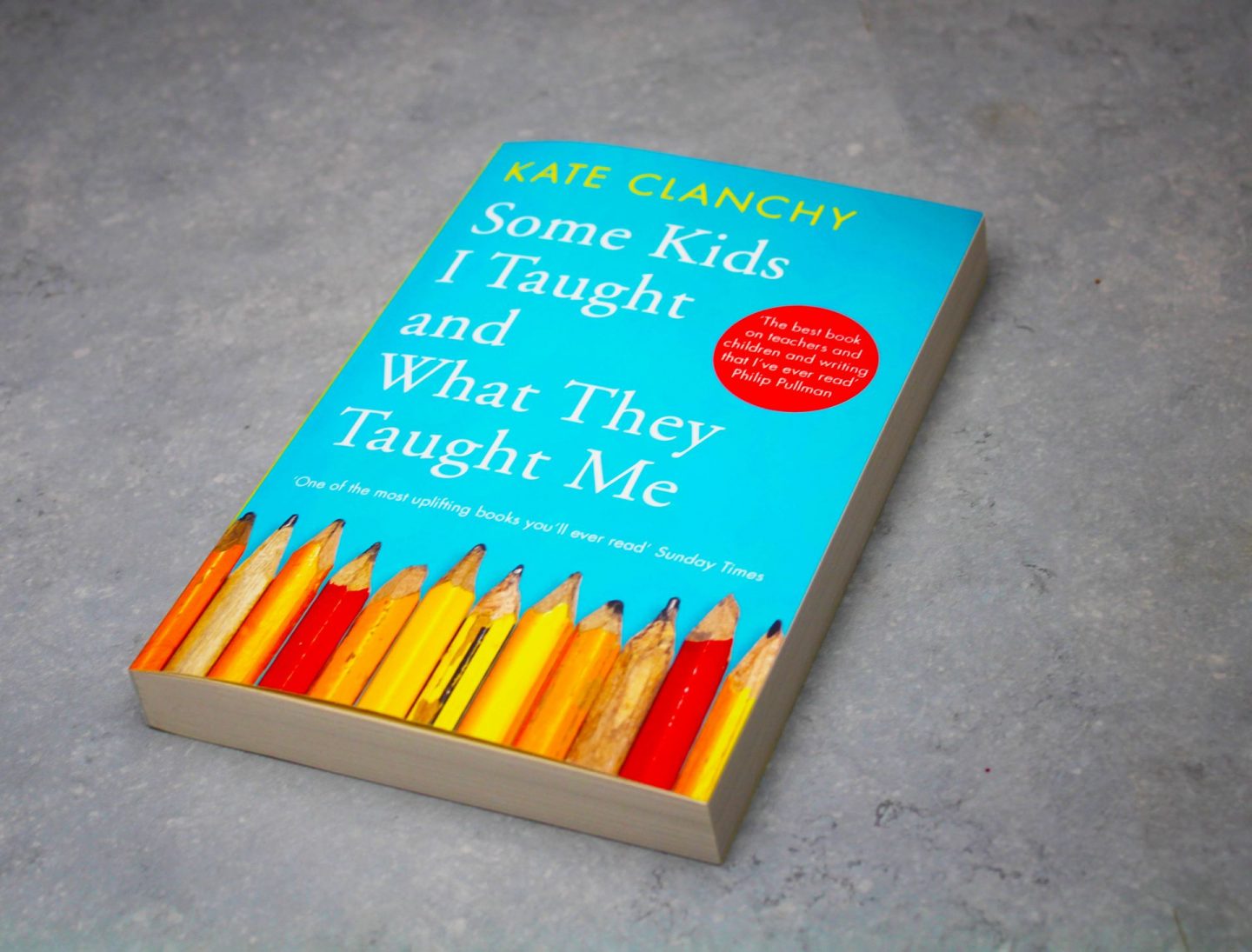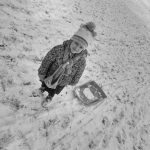Kate Clanchy’s Some Kids I Taught and What They Taught Me took me by surprise. It may be that I’d misunderstood something in the accompanying media release, but I thought this was going to be a funny and witty set of anecdotes based on Clanchy’s 30 years of working in the classroom.

This wasn’t the case at all. As I started reading the introduction, it very quickly became clear that while the book was based on Clanchy’s experiences as a teacher, it was much a deeper, reflective collection of thoughts and opinions based on the experiences she has had during her career.
In addition to being a teacher, Kate Clanchy is a well known poet who recently received an MBE for services to literature. It’s therefore not too surprising that her style of writing gripped me immediately. She had a lot to say about life in the classroom and while I didn’t find myself agreeing with every opinion she expressed, I found it difficult to put the book down once I’d started reading it.
From the start Clanchy said teachers do not get the recognition they deserve (In the midst of the COVID-19 pandemic, most people with school aged kids would probably agree this is a massive understatement). This, she felt, was down to both gender and class. The majority of teachers are women and teaching is often the occupation of choice for working class kids who do well. As a result, Clanchy feels, teachers are not respected.
In the following 15 chapters Clanchy tackles everything from uniform, to prize giving and prayer. Here are a few highlights.
The chapter entitled Sets and Streams, Grammars and Not instantly appealed to me, possibly because of my own experiences of being poorly streamed when I was at school. In my case I was, with the exception of maths, placed into the highest stream. My positioning in the top set was based on the results of some very dubious tests I took at the age of 11. It was too much for me, but being an old grammar school, I was written off as lazy and troublesome when I struggled (something that irrevocably damaged my time at school). With that background, I was interested to see what Clanchy had to say.
In Clanchy’s book, a pupil called Jez gives a talk in a debating contest. Ofsted had recently forced his school to scrap streaming in favour of mixed ability classes. In his speech, Jez was questioning why streams had been done away with. Clanchy sets the scene well: He’s a slightly awkward public speaker, some of the points he makes land badly with the audience and the one joke he makes doesn’t get a laugh.
Despite this, Jez gives some surprisingly strong arguments for reinstating streaming in his school. The most compelling being that lower ability pupils struggle in mixed ability classes. While Clanchy herself says streaming is the “worst best” system for ensuring pupils reach their full potential, she agrees that lower ability pupils are the ones that really suffer in mixed ability classes.
She also has some interesting things to say about pupils who are taught in set three. Apparently this is the set teachers avoid teaching if they possibly can. Set three pupils often feel aggrieved they’ve not been put in set two, yet are also aggrieved they don’t get the same levels of support as those in set four. This often makes them difficult to teach. It was a wonderfully indiscreet window into the harsh realities of teaching and whispered discussions that must go on in the vague privacy of school staff rooms across the land.
Clanchy also has a few things to say about grammar schools. She’s not a fan, making clear that comprehensives do much more for their pupils that grammars, which rely on a huge amount of “parental energy” to operate.
The chapter About the Hijab also caught my eye. Clanchy has mixed opinions about students wearing the hijab. Rather amusingly, she mentions two pupils, Susie and Kristell, might want to consider wearing the hijab because of the revealing way they often dress. Conversely, she Clanchy recalls having devout Muslim students who didn’t wear a hijab.
There is a chapter called On the Church in Our Schools. In the unlikely circumstances Clanchy and I ever meet, I think we’ll have to avoid this topic as we are at polar opposites!
After a lengthy introduction discussing a school trip that involved visiting a disused church, Clanchy made clear she is no fan of faith schools. She raised some valid concerns about the selective entrance criteria to many schools backed by faith institutions. Clanchy also tells the story of a visit she made to a church school with her son. The visit did not go well and I found myself wincing as I read of the experience. It was plain to see why the school made such a poor impression on mother and child.
From this point on, I struggled with Clanchy’s opinions. Part way through the chapter, she makes reference to “state” and faith schools, seemingly trying to draw a distinction between the two. This was a clumsy choice of words as the overwhelming majority of faith schools (certainly those with a Christian ethos) are state schools and follow the National Curriculum.
Clanchy asserts that religion is something that should be taught “outside” of school. I found myself fundamentally disagreeing with this point. I lament the poor quality of religious education most people receive. Schools have a place in educating children about all philosophies and religious beliefs. Simply because we live in a society that is less interested in religion does not mean we shouldn’t teach people about it. It’s a slippery slope. Faith and history are intertwined. If you remove one subject, where do you stop?
Clanchy concludes the chapter saying she is unhappy that her taxes support faith schools. It is an argument you hear from time to time and while it is understandable some people would object, it’s an argument that simply can’t be won. Whereas someone like CIanchy dislikes her taxes paying for faith schools, there’s an equally strong argument to say taxes shouldn’t go towards academy schools which often have all sorts of murky commercial backers, poor governance, an obsession with league tables and little interest in nurturing the child or building any sense of community.
Just before moving on, Clanchy may object to faith schools but she wrote a very interesting chapter on the subject of prayer, which largely focused on how the Paris terror attacks impacted on Muslim pupils she taught. Considering her views on faith schools, I was quite surprised at how positively she viewed the practice of prayer. That said, it’s probably time to move on from religion!
The final chapter, About What I Think I Am Doing is particularly reflective. In it Clanchy reflects on poetry and writings from various pupils and the impact they had on her and others, the story of Jason’s Skull being very poignant. Jason, a boy with a troubled background, writes a poem about trouble he has previously found himself in. He mentions injuries he has received, including one to his skull that was caused during a fight. The chapter is a fitting end to the book showing clearly how pupils can impact on their teachers, just as the reverse is true.
It’s a very different book to the one I was expecting to read. There are moments of humour, but for the most part I found this a very serious reflection on Clanchy’s many years of teaching. As the title says, however, it’s also a serious reflection on the impact that pupils had on her.
I’m sure anyone who has worked in education will love this book and relate to what Kate Clanchy had to say. It was fascinating to get an insight into what teachers really think of their pupils and the relationship between the two groups.
Some Kids I Taught and What They Taught Me by Kate Clanchy (find out more about Clanchy by following this link) was first published in hardback in 2019 but is now available in paperback. It’s published by Picador and is widely available with a cover price of £9.99.






